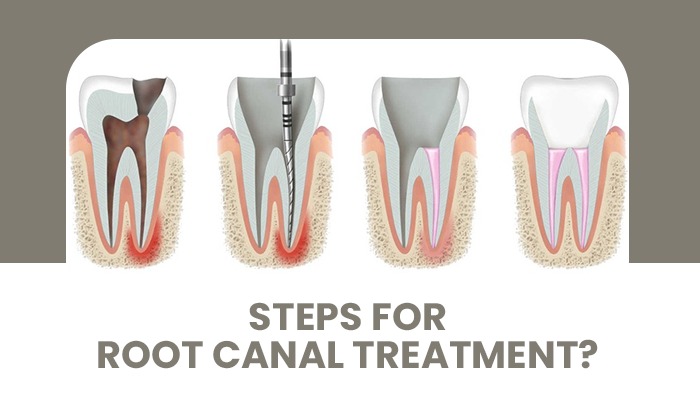Root Canal Treatment in Gurgaon

Root Canal Treatment in Gurgaon
Root canal treatment is a crucial dental procedure aimed at saving a tooth that is severely infected or decayed. In Gurgaon, Dr. Dabas is a renowned specialist in this field, offering expert care and advanced techniques to ensure patient comfort and successful outcomes. Dr. Dabas’s clinic is equipped with state-of-the-art technology, providing precise diagnostics and effective treatments.
The root canal procedure involves removing the infected pulp from the tooth, cleaning and disinfecting the inner chambers, and then sealing them to prevent further infection. This treatment is essential for relieving pain and preserving the natural tooth structure, which is always preferable to extraction.
Dr. Dabas emphasizes patient education and comfort, ensuring that each patient understands the process and feels at ease during the treatment. His expertise and gentle approach have earned him a reputation for excellence in endodontics. Patients in Gurgaon trust Dr. Dabas for his meticulous attention to detail and his commitment to using the latest techniques and materials.
Choosing Dr. Dabas for root canal treatment means opting for a blend of professional skill, advanced technology, and compassionate care, making the often-feared root canal procedure a smooth and positive experience.
Signs that you need Root Canal Treatment:
- An extreme, painful toothache that might not let you sleep
- Sensitivity to hot or cold items persists even after the sensation has been removed
- Painful experience while chewing or biting food
- A damaged or crooked tooth
- Inflammation or tenderness in the gums
- Unexpected pain that usually starts from the jaw and ends up in head areas, including the ear
- Tooth Decay
- A pimple on the gum that contains blood or pus when drained
Advantages of Root Canal Treatment
- Pain Relief: Eliminates the pain caused by a severe tooth infection or decay.
- Tooth Preservation: Saves the natural tooth, preventing the need for extraction and subsequent dental implants or bridges.
- Infection Control: Removes the infected pulp, reducing the risk of the infection spreading to other teeth or the jawbone.
- Aesthetic Maintenance: It keeps your natural smile intact by preserving the tooth structure and avoiding gaps.
- Efficient Chewing: Restores normal biting force and sensation, allowing you to chew food effectively.
- Protects Other Teeth: Prevents the excessive wear or strain on adjacent teeth that can occur with missing teeth.
- Cost-Effective: More economical in the long term compared to extraction and replacement options.
- Durability: When performed by an experienced dentist, root canal-treated teeth can last a lifetime with proper care.






